Aeyan Ashraf
A Vision Transformer-Based Approach to Bearing Fault Classification via Vibration Signals
Aug 15, 2022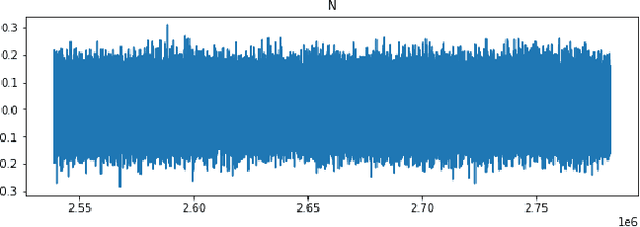
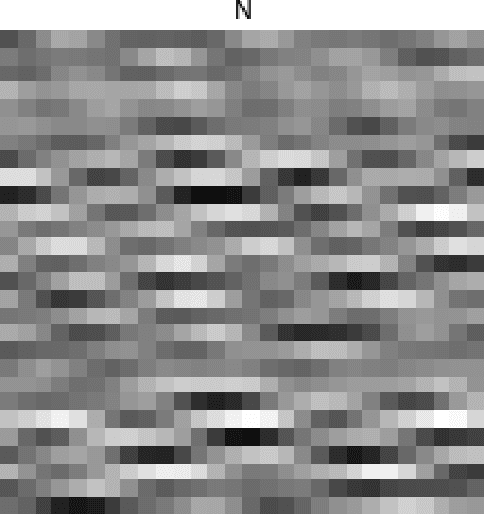
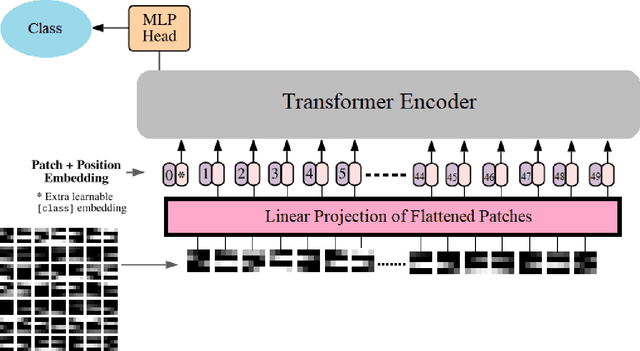
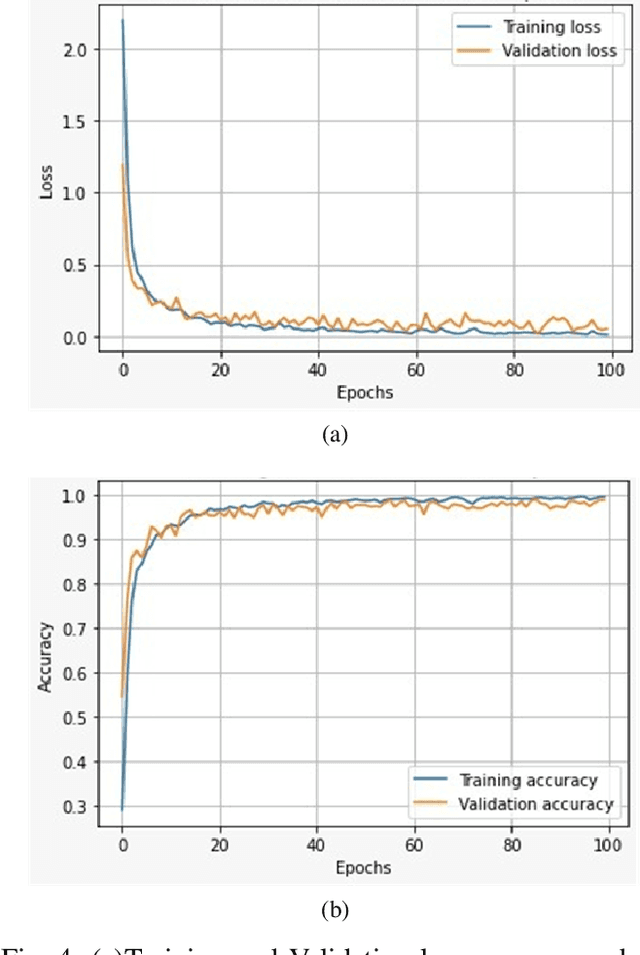
Abstract:Rolling bearings are the most crucial components of rotating machinery. Identifying defective bearings in a timely manner may prevent the malfunction of an entire machinery system. The mechanical condition monitoring field has entered the big data phase as a result of the fast advancement of machine parts. When working with large amounts of data, the manual feature extraction approach has the drawback of being inefficient and inaccurate. Data-driven methods like the Deep Learning method have been successfully used in recent years for mechanical intelligent fault detection. Convolutional neural networks (CNNs) were mostly used in earlier research to detect and identify bearing faults. The CNN model, however, suffers from the drawback of having trouble managing fault-time information, which results in a lack of classification results. In this study, bearing defects have been classified using a state-of-the-art Vision Transformer (ViT). Bearing defects were classified using Case Western Reserve University (CWRU) bearing failure laboratory experimental data. The research took into account 13 distinct kinds of defects under 0-load situations in addition to normal bearing conditions. Using the short-time Fourier transform (STFT), the vibration signals were converted into 2D time-frequency images. The 2D time-frequency images are used as input parameters for the ViT. The model achieved an overall accuracy of 98.8%.
POSTER: Diagnosis of COVID-19 through Transfer Learning Techniques on CT Scans: A Comparison of Deep Learning Models
Mar 17, 2022
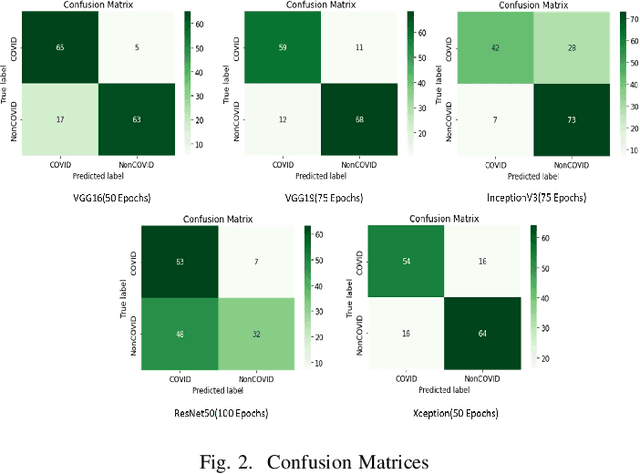

Abstract:The novel coronavirus disease (COVID-19) constitutes a public health emergency globally. It is a deadly disease which has infected more than 230 million people worldwide. Therefore, early and unswerving detection of COVID-19 is necessary. Evidence of this virus is most commonly being tested by RT-PCR test. This test is not 100% reliable as it is known to give false positives and false negatives. Other methods like X-Ray images or CT scans show the detailed imaging of lungs and have been proven more reliable. This paper compares different deep learning models used to detect COVID-19 through transfer learning technique on CT scan dataset. VGG-16 outperforms all the other models achieving an accuracy of 85.33% on the dataset.
 Add to Chrome
Add to Chrome Add to Firefox
Add to Firefox Add to Edge
Add to Edge